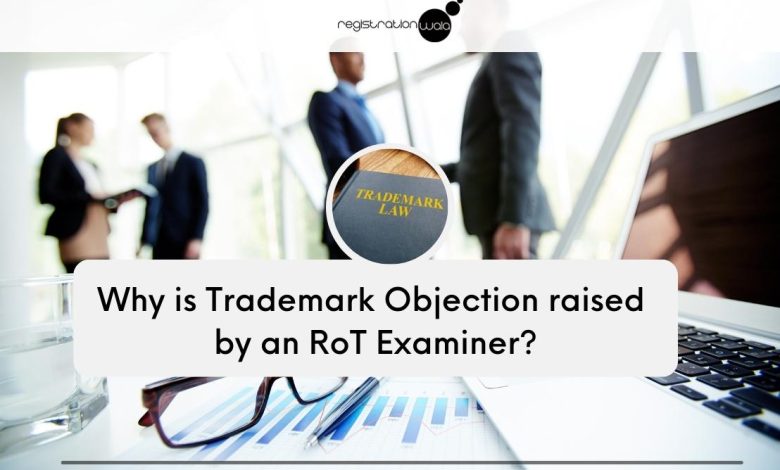
Why Trademark Objection?
If you want to register your business or brand’s trademark logo, you must be aware of the long and taxing journey of the registration process. Even after laboring to prepare and furnish the required documents and file the registration application for the trademark logo, the applicant has yet to deal with the potential trademark objections that the examiner can raise by assessing the applicant’s registration application. After that, the applicant must accordingly prepare a trademark objection reply. This reply must be in the prescribed trademark objection reply letter format.
Trademark applications can face objections on more than one ground. So, in this article, we have mentioned some points of objection on which an examiner can object to registering a Trademark.
Examiner’s refusal to entertain the Trademark Application
The examiner, assessing the filed application for trademark registration, can raise objections on two different grounds:
-
Absolute grounds for raising Trademark Objection
It refers to the incapability of the trademark to be unique and distinctive. The trademark lacks the ability for its graphical representation as a brand logo.
-
Relative grounds for raising Trademark Objection
It refers to the objection raised if the trademark has connections with earlier trademarks and their related rights.
Trademark Objection causes
Here we are mentioning some of the prevalent causes that are seen as a matter of objection against the proposed trademark in the trademark offices.
1. Applied Trademark is deceptive
Suppose the filed trademark creates or is likely to create confusion among people about its use, like the nature, quality, or geographical origin of the goods and services. In that case, the trademark will be termed deceptive. This is one of the most common causes of the objection, so deal with it carefully. The applicant can file against the trademark objection in case of deceptive trademarks by filing the reply in Form TM-16.
2. Applied Trademark lacks distinctiveness
Suppose a filed trademark bears close proximity to an existing trademark, and it is difficult to differentiate between one’s goods and services from another. In that case, such cases are devoid of any distinctiveness. Thus, the examiner will raise a Trademark Objection under absolute grounds against the applicant for refusal of trademarks.
Also Read: Trademark Opposition
3. Applied Trademark similar to an existing one
Suppose a filed trademark is similar to or even the same as a registered trademark. In that case, the examiner will accuse the trademark owner of that trademark for not conducting a proper trademark search before its registration. Hence, the examiner will raise a Trademark Objection.
4. Applied Trademark poses vague specification
Suppose a business wants to register a trademark for its business. But, it has the specification of goods or services to be too vague or encompasses a large variety of goods or services. In that case, the examiner will raise an objection. The objection will state a regulation directing the trademark owner to state the goods and services specifications clearly. The owner will then have to provide the exact items for which the trademark registration was happening.
5. Trademark Owner provides an incorrect address
Suppose the trademark applicant has not correctly mentioned the principal place of business. The applicant must bring the applicant’s Principal Place of business on record by filing a request on form TM-16. In that case, the examiner can raise an objection against it.
6. Trademark owner submitted incorrect particulars
If the trademark application is not formed correctly, the examiner can raise an objection against it. So, to correct the application for trademark certification falling in a class, the required correction must be reflected in the form TM-4.
7. Trademark filed under Wrong Trademark Class
One of the most important things to consider while filing a trademark application is to choose the suitable trademark class. But, if you have chosen the wrong trademark class, then the authority can reject your application. Therefore, the applicant must verify that the chosen trademark class is correct. If applying for a Trademark for services, the applicant must choose the service class 35 – 45. For a trademark class for goods, the applicant must choose from the trademark classes 1 to 34.
Read this article to learn the reasons for trademark objection for which the RoT examiner rejects the filed trademark registration application on Postipedia.




